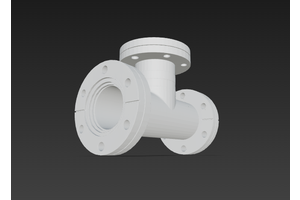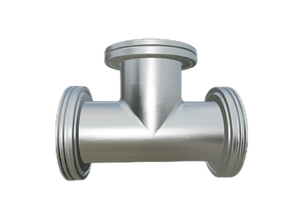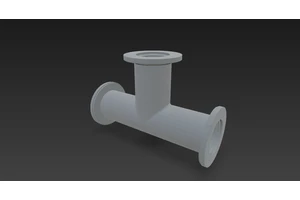What is the basic principle of vacuum extraction
The principle of vacuum extraction primarily hinges on the theories of gas kinetics and thermodynamics within physics. The essence lies in reducing the number of gas molecules within a closed system through various methods, thereby lowering the system's pressure below standard atmospheric pressure (approximately 101.325 kPa), resulting in a "vacuum" state.
Key approaches to achieve this include:
Mechanical Action: The most common method involves using a vacuum pump. Vacuum pumps remove gases from a space through different mechanisms. For instance, rotary vane pumps capture gases mechanically and compress them before releasing them into the atmosphere outside the pump; turbomolecular pumps rely on high-speed rotating rotors colliding with gas molecules, directing them towards the exhaust.
Diffusion and Adsorption: In high or ultra-high vacuum systems, getter materials may be employed to further reduce residual gas pressure. These materials effectively adsorb gas molecules, further decreasing the number of free gas molecules in the system.
Cryogenic Condensation: This utilizes extremely low temperatures to condense gases into liquids or even solids, thereby reducing the number of gas molecules. A liquid nitrogen trap is a typical example, capable of condensing water vapor and other condensable gases, aiding in achieving higher vacuum levels.
Chemical Reactions: Sometimes, chemical reactions are used to eliminate specific gases. Techniques such as titanium sublimation can effectively remove hydrogen and other non-condensable gases.
By employing one or a combination of these methods, gases can be efficiently removed from a container to establish the required vacuum environment. Different application fields might require varying degrees of vacuum, thus selecting appropriate vacuum technology and equipment is crucial.





